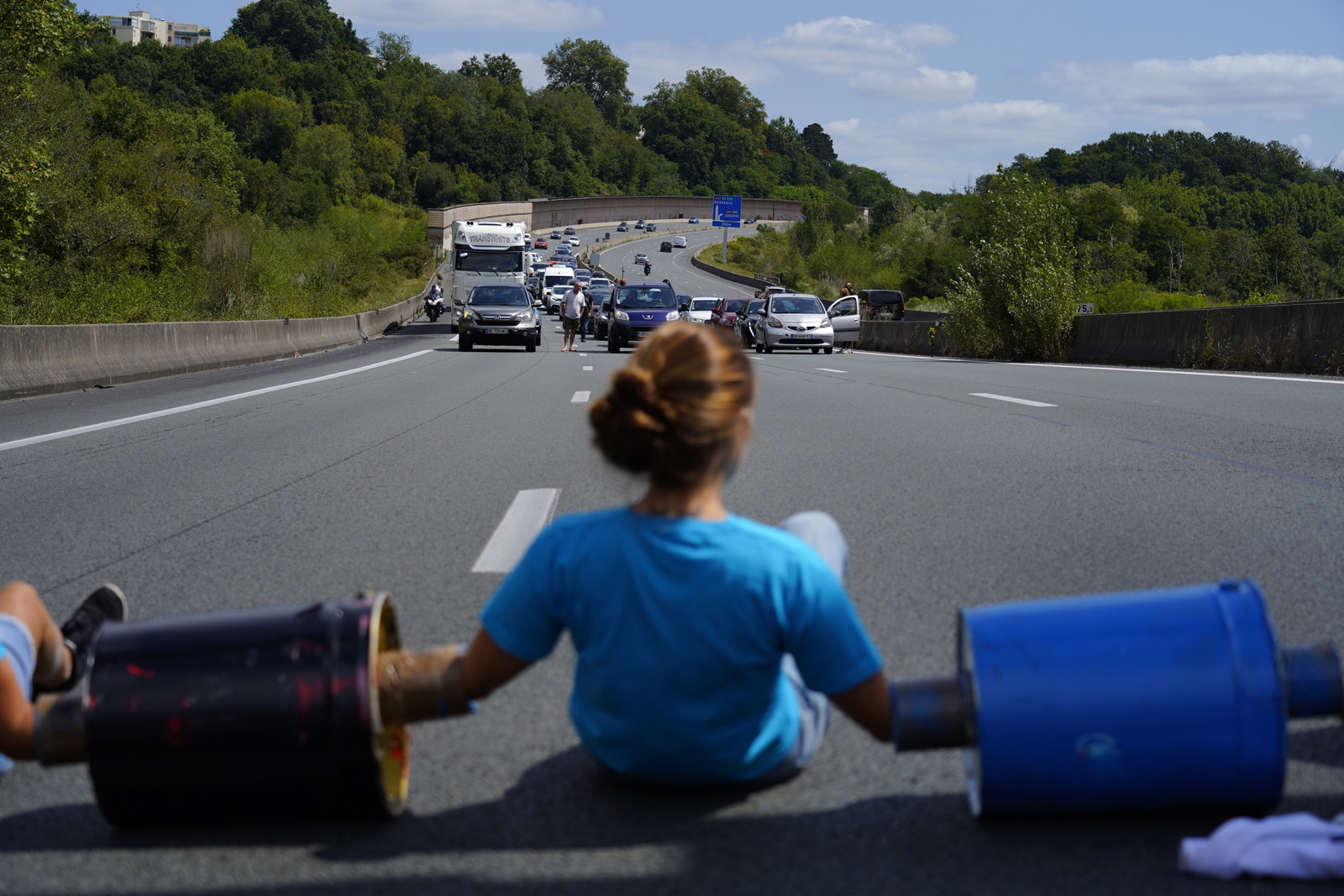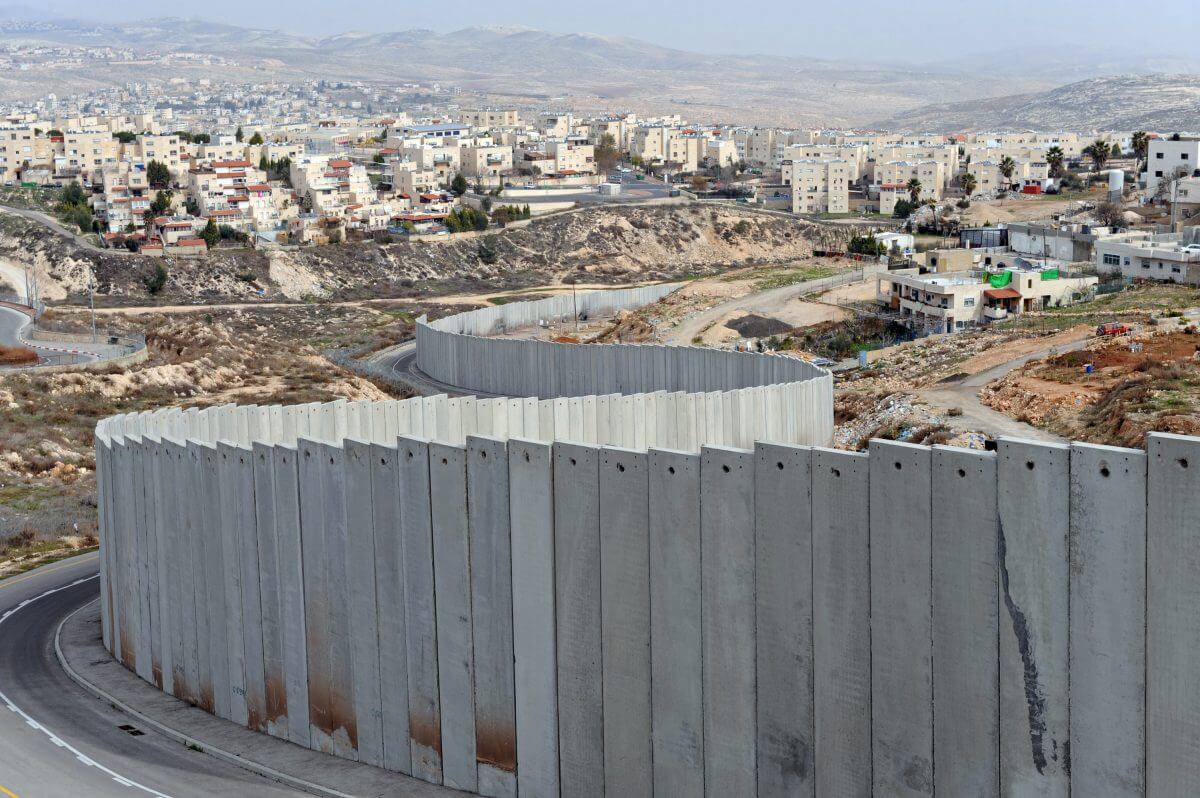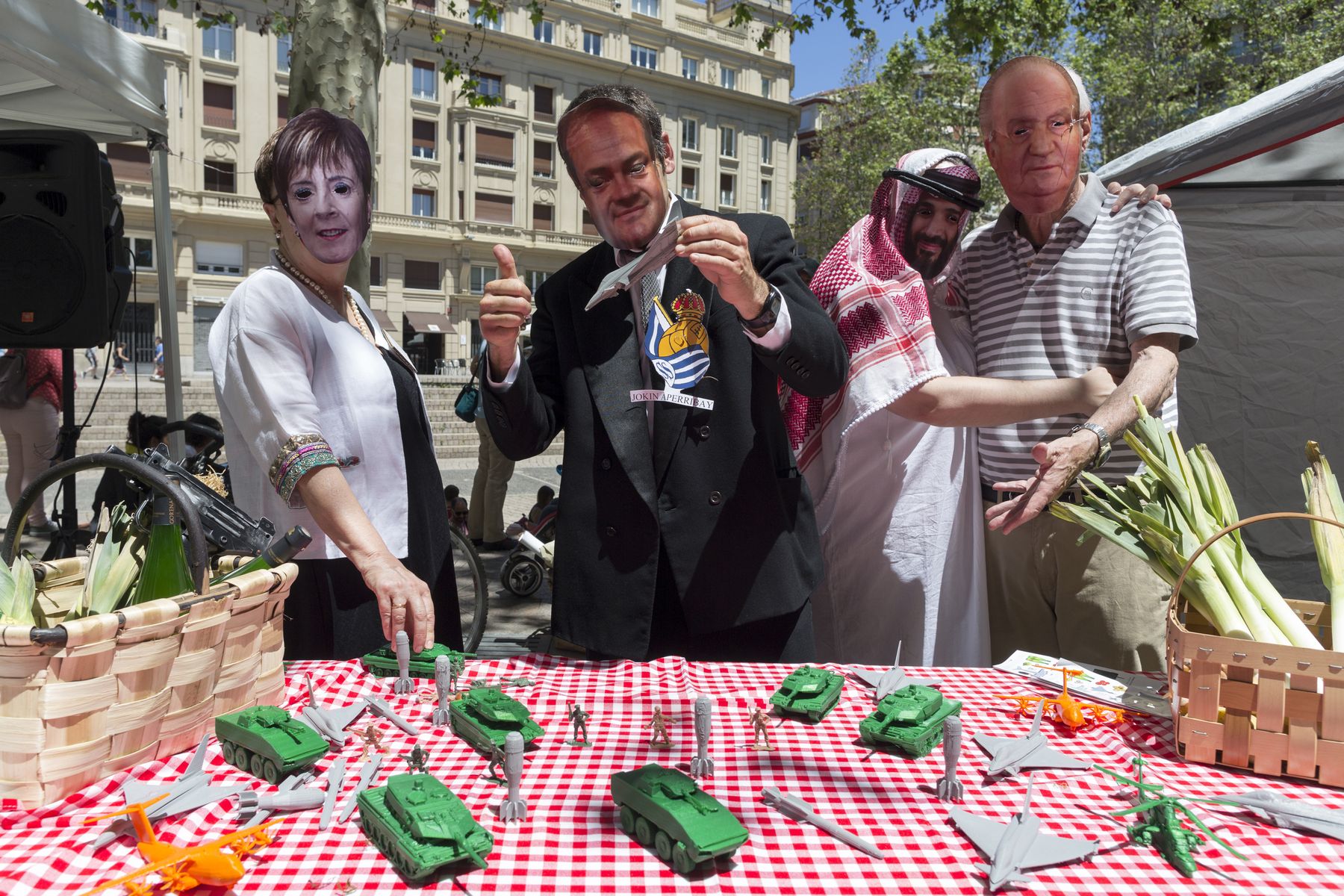"There are no carpets that can hide the trash from memory."
- The Peace with Dignity partnership, the Social Forum and the UPV/EHU have brought together five experts in historical memory and peace processes in America and Africa. The organizers referred to the realities of very diverse countries and stressed that, despite the differences between them, "the suffering and the need to create a critical memory that prevents the conflict from happening again".

Twenty heads will return in the Carlos Santamaría room of Donostia-San Sebastián, most of the heads that have already become gray. But that was not enough to discourage the rapporteurs. Quite the opposite. Many have had to remember time and time again that their speaking time is over, because they have forgotten the hour because of emotion and have continued to tell the realities of their countries.
The first to take the floor was the Argentine lawyer and political scientist Rodrigo Gómez Tortosa, who has carried out an exhaustive analysis. It has focused on the defence of human rights and has drawn a global context in Latin America, providing a basis for its future interlocutors. It has organized its intervention on the forced disappeared by the States, since in the second half of the twentieth century this phenomenon was widespread in all the dictatorships in America.
In any event, the Argentine lawyer wished to underline the role of the victims and their role in the case. According to Gómez Tortosa, the victims of state violence have a pressure that no others have; knowing that the State hides something instead of feeling supported by the State, is a form of pressure for the victims. He has therefore stressed that the peace and truth committees need the assistance of the State.
Massacres of America
After the Argentinian case, three similar cases have been reported: El Salvador, Guatemala and Colombia. The three have lived through the Civil War in which the guerrillas have been involved, and in the three there have been great massacres against the civilian population. The case of El Salvador has been striking, as reported by feminist and local political activist Gloria Guzmán Orellana, 95 per cent of the murders at the time of the war (1980-1992) were committed by the army and only 5 per cent by guerrillas. It should be noted that in the uprising of the peasants of 1932 the Army killed 30,000 people, destroying almost all the indigenous people of the country.
The case of Guatemala is also similar, as Gustavo Meoño Brenner, a former guerrilla and one of the main figures in the peace process, said. His speech focused on the impunity of the army following these massacres, since, apart from those defined as crimes against humanity, the military has achieved amnesty for all other crimes. He stressed that they are still held in high office in the country, where impunity is at all levels.
From Colombia, Maritze Trigos Torres has been the defender of human rights. Over an area of the country, the conference has focused on Trujillo. Members of the local agricultural cooperatives were kidnapped and tortured by the police to the point of leaving the bodies disfigured.
Unknown case of Casamance
These cases in America are, in part, known in the Basque Country. That of Casamance is completely unknown, and in his speech he was able to see that the room was filled with curiosity when Ndeye Marie Sagna, lawyer and activist of the Le Falling and Kabonketoor Human Rights Group, took the floor.
Casamance is part of the Senegalese State, but Gambia separates it almost entirely from Senegalese territory. There is a great independence movement there and since 1982 the forces of Senegal and the movement of the democratic forces of the MFDC Casamance (Mouvement des forces démocratiques de Casamance) are in conflict. At the beginning of the conflict, it was forbidden to talk about it, since in the eyes of the State the subversive forces were in favour of independence, and the assemblies of three persons were also prohibited.
It was women who faced this. They were the biggest losers, because in every family there was someone involved in the war and they had seen their children die. Thus, meetings were organized so that women could share their feelings. Demonstrations began, with more than 1,500 women gathering.
Community radios were also set up for citizens to talk about the conflict and assemblies were convened for everyone who wanted to participate. Finally, the State of Senegal has accepted the dialogue, but women did so without recognition of the role they played. Furthermore, he explained that he is prepared to discuss any issue other than independence, but not independence. The conflict therefore continues.
Memory: from the bottom, critical and subversive
All of them agreed that the victims should be acknowledged and truly. They have explained the memory processes of their countries: judgments against the army, monuments to the victims, to maintain their memory.
At the beginning of the act, moderator Teresa Toda mentioned the importance of memory. It compares it to the spider web, which is both fragile and fragile, invisible, but always present. They have compared these processes with the situation of our people, and in our view they have set two objectives: the recognition, truth and reparation of all kinds of victims; and the reparation of the situation of political prisoners or exiles.
The day ended with the proclamation of Maritze Trigos Torres as one of its top exponents. The conference ended with "resisting, resisting and never giving up", and it managed to bring the whole room up to its words.
Joan den uztailean bake prozesua "desblokeatzeko", Ipar Euskal Herriko komunikazio sareak eten zituzten ehunka herritarrek. Horren harira, abenduan epaitu zituzten lehen bederatziak Akizen, eta otsailaren 2an beste 11 epaituko dituzte Baionan. Bakegileek eta Bake... [+]
Orotara 20 ekintzaile epaituak izango dira uztailaren 23ko ekintzan hainbat garraio bide blokatzeagatik. Ostegun honetan, Akizeko auzitegian, trenbidean beren burua lotu zuten bederatzi ekintzaile epaituko dituzte.

















